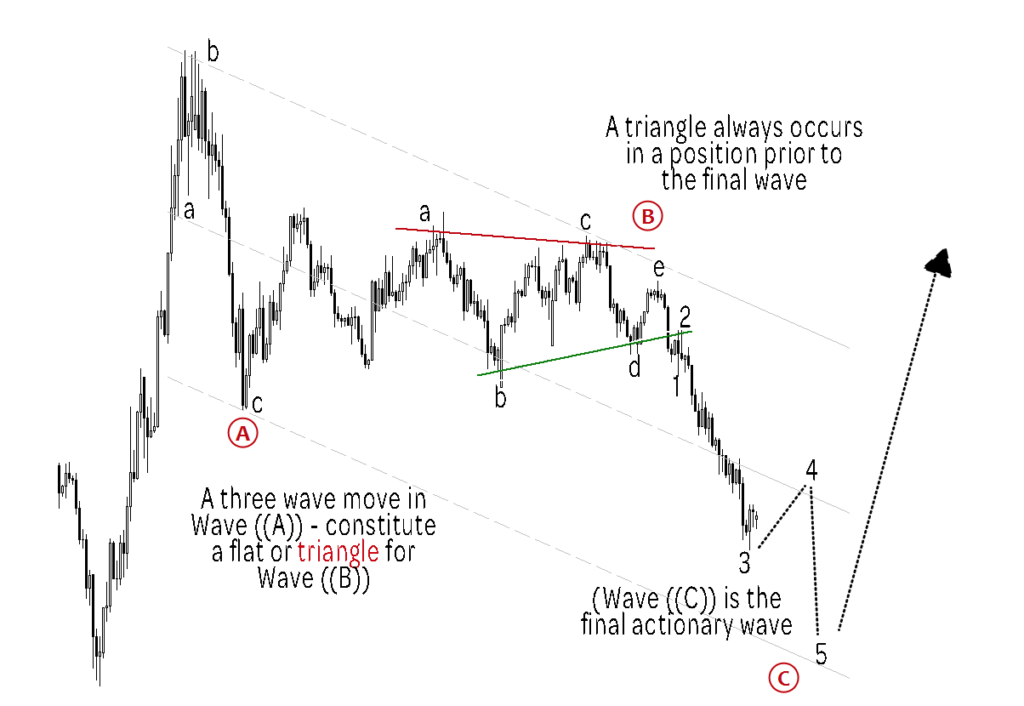DJIA, Options, Stock Market, Stocks
Buying LEAP Options | Long Term Options
Buying Leaps Calls as a
Stock substitute
We’ve already warned you against starting off by purchasing out-of-the-money, short-term calls. Here’s a method of using calls that might work for the beginning option trader: buying long-term calls, or “LEAPS”.
The goal here is to reap benefits similar to those you’d see if you owned the stock, while limiting the risks you’d face by having the stock in your portfolio. In effect, your LEAPS call acts as a “stock substitute.”
What are “LEAPS”?
LEAPS are longer-term options. The term stands for “Long-term Equity AnticiPation Securities,” in case you’re the kind of person who wonders about that sort of thing. And no, that capital P in AnticiPation wasn’t a typo, in case you’re the kind of person who wonders about that sort of thing too.
Options with more than 9 months until expiration are considered LEAPS. They behave just like other options, so don’t let the term confuse you. It simply means that they have a long “shelf-life”.
Let’s get started
First, choose a stock. You should use exactly the same process you would use if purchasing the stock. Go to Ally Invest’s Quotes + Research menu, and analyze the stock’s fundamentals to make sure you like it.
Now, you need to pick your strike price. You want to buy a LEAPS call that is deep in-the-money. (When talking about a call, “in-the-money” means the strike price is below the current stock price.) A general rule of thumb to use while running this strategy is to look for a delta of .80 or more at the strike price you choose.
Remember, a delta of .80 means that if the stock rises $1, then in theory, the price of your option will rise $0.80. If delta is .90, then if the stock rises $1, in theory your options will rise $0.90, and so forth. The delta at each strike price will be displayed on Ally Invest’s Option Chains.
As a starting point, consider a LEAPS call that is at least 20% of the stock price in-the-money. (For example, if the underlying stock costs $100, buy a call with a strike price of $80 or lower.) However, for particularly volatile stocks, you may need to go deeper in-the-money to get the delta you’re looking for.
The deeper in-the-money you go, the more expensive your option will be. That’s because it will have more intrinsic value. But the benefit is that it will also have a higher delta. And the higher your delta, the more your option will behave as a stock substitute.
The caveat
You must keep in mind that even long-term options have an expiration date. If the stock shoots skyward the day after your option expires, it does you no good. Furthermore, as expiration approaches, options lose their value at an accelerating rate. So pick your time frame carefully.
As a general rule of thumb, consider buying a call that won’t expire for at least a year or more. That makes this strategy a fine one for the longer-term investor. After all, we are treating this strategy as an investment, not pure speculation.
Pick a number
Now that you’ve chosen your strike price and month of expiration, you need to decide how many LEAPS calls to buy. You should usually trade the same quantity of options as the number of shares you’re accustomed to trading.
If you’d typically buy 100 shares, buy one call. If you’d typically buy 200 shares, buy two calls, and so on. Don’t go too crazy, because if your call options finish out-of-the-money, you may lose your entire investment.
Hurry up and wait
Now that you’ve purchased your LEAPS call(s), it’s time to play the waiting game. Just like when you’re trading stocks, you need to have a predefined price at which you’ll be satisfied with your option gains, and get out of your position. You also need a pre-defined stop-loss if the price of your option(s) go down sharply.
Trading psychology is a big part of being a successful option investor. Be consistent. Stick to your guns. Don’t panic. And don’t get too greedy.


